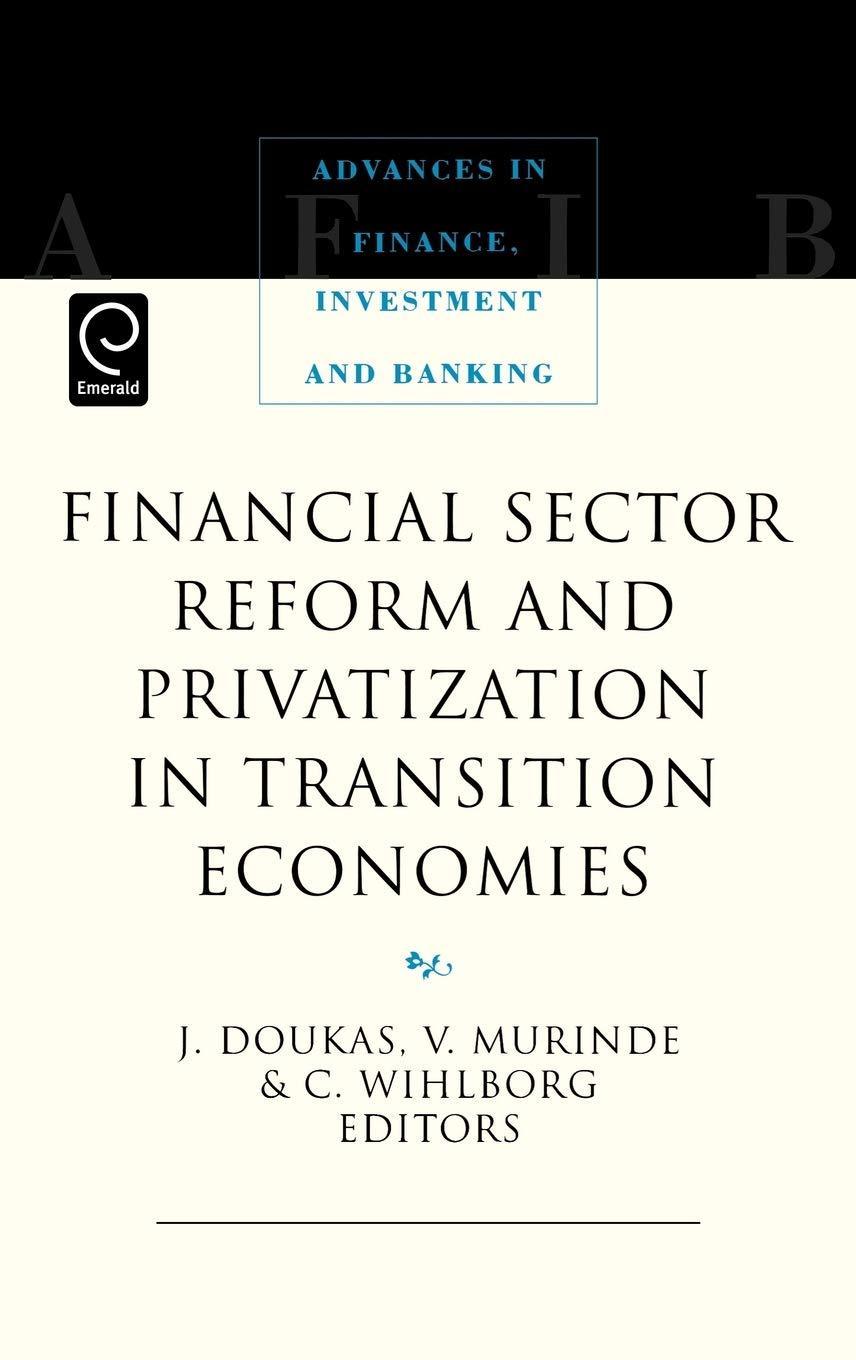Question
1. Greenberg Corp. is considering opening a subsidiary to expand its operations. To evaluate the proposal, the company needs to calculate its cost of capital.
1. Greenberg Corp. is considering opening a subsidiary to expand its operations. To evaluate the proposal, the company needs to calculate its cost of capital. You've collected the following information:
The firm has one bond outstanding with a coupon rate of 8%, paid semi-annually, 10 years to maturity and a current price of $1,233.84, implying a yield to maturity of 5%.
The firm's preferred stock pays an annual dividend of $1.4 forever, and each share is currently worth $86.
New bonds and preferred stock would be issued by private placement, largely eliminating flotation costs.
Greenberg's beta is 0.5, the yield on Treasury bonds is is 3% and the expected market risk premium is 6%.
The current stock price is $20.26. The firm has just paid an annual dividend of $0.59, which is expected to grow by 3% per year.
The firm uses a risk premium of 4% for the bond-yield-plus-risk-premium approach.
New equity would come from retained earnings, thus eliminating flotation costs.
The firm has marginal tax rate of 34%.
The company wants to maintain is current capital structure, which is 50% equity, 10% preferred stock and 40% debt.
a) What is the (pre-tax) cost of debt?
b) What is cost of preferred stock?
c) What is the cost of equity using the CAPM?
d) What is the cost of equity using the discounted dividend model?
e) What is the cost of equity using the bond yield plus risk premium?
f) What is the company's WACC, using the CAPM to find the cost of equity?
Step by Step Solution
There are 3 Steps involved in it
Step: 1

Get Instant Access to Expert-Tailored Solutions
See step-by-step solutions with expert insights and AI powered tools for academic success
Step: 2

Step: 3

Ace Your Homework with AI
Get the answers you need in no time with our AI-driven, step-by-step assistance
Get Started


